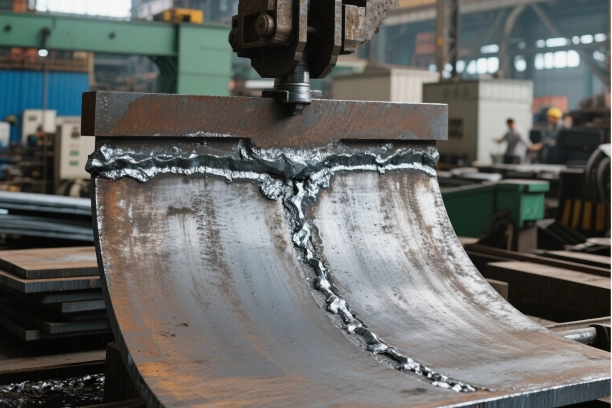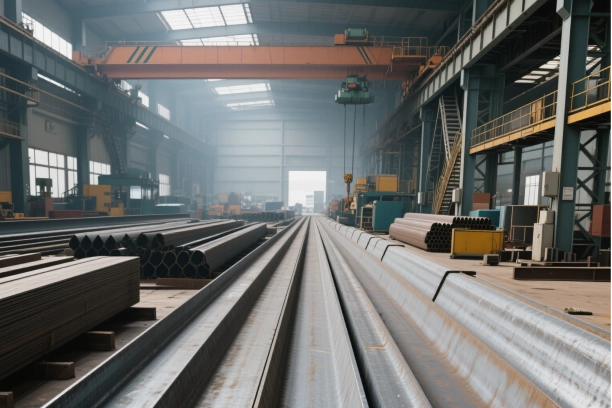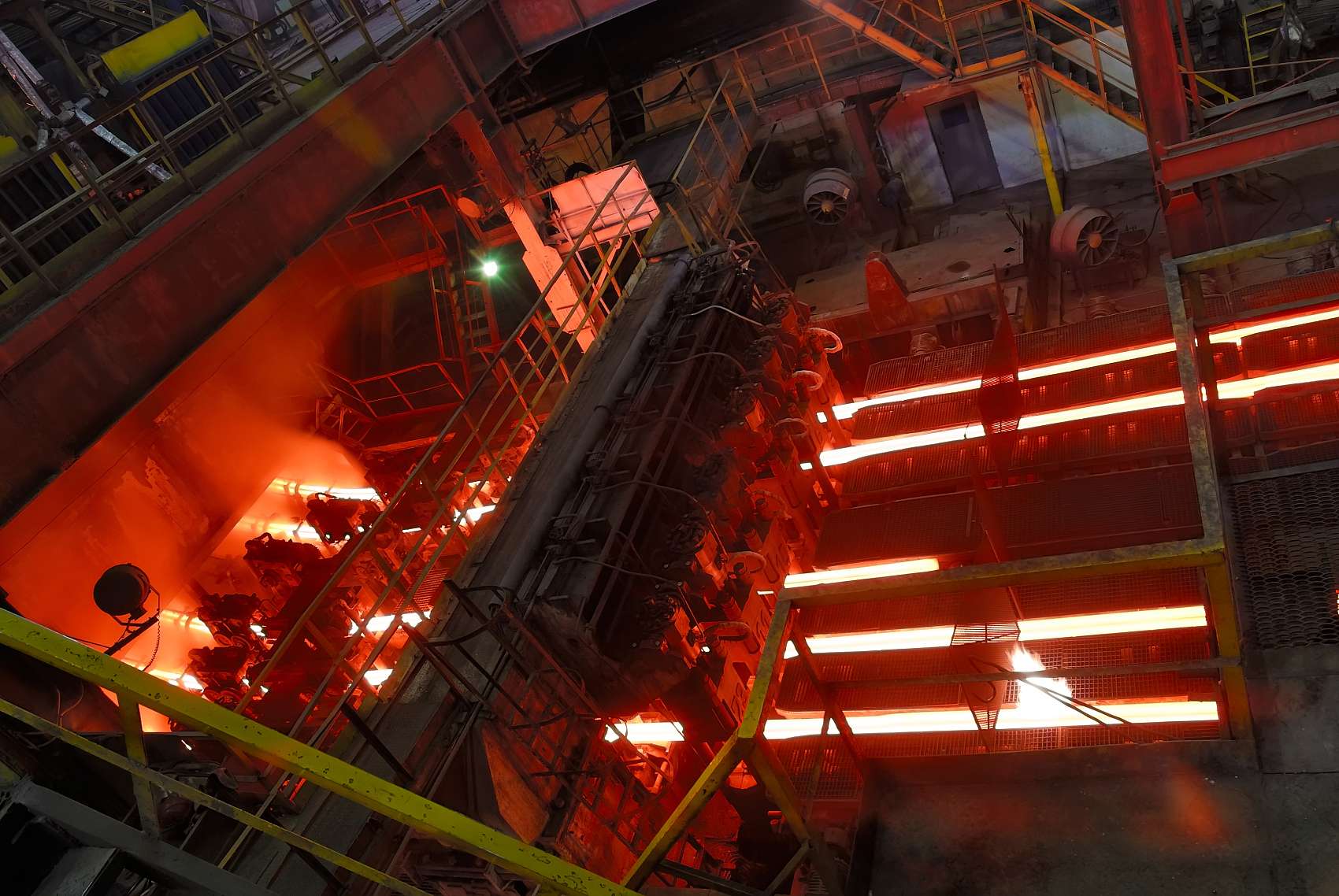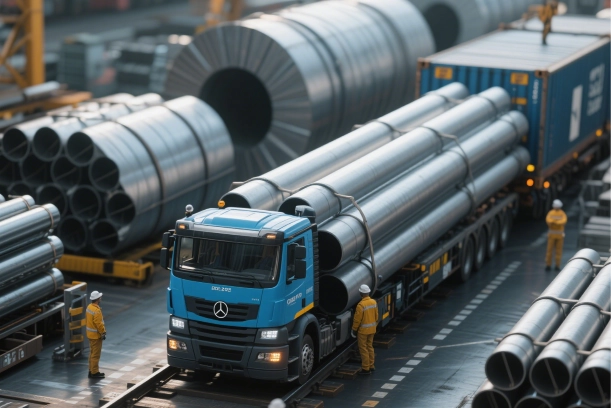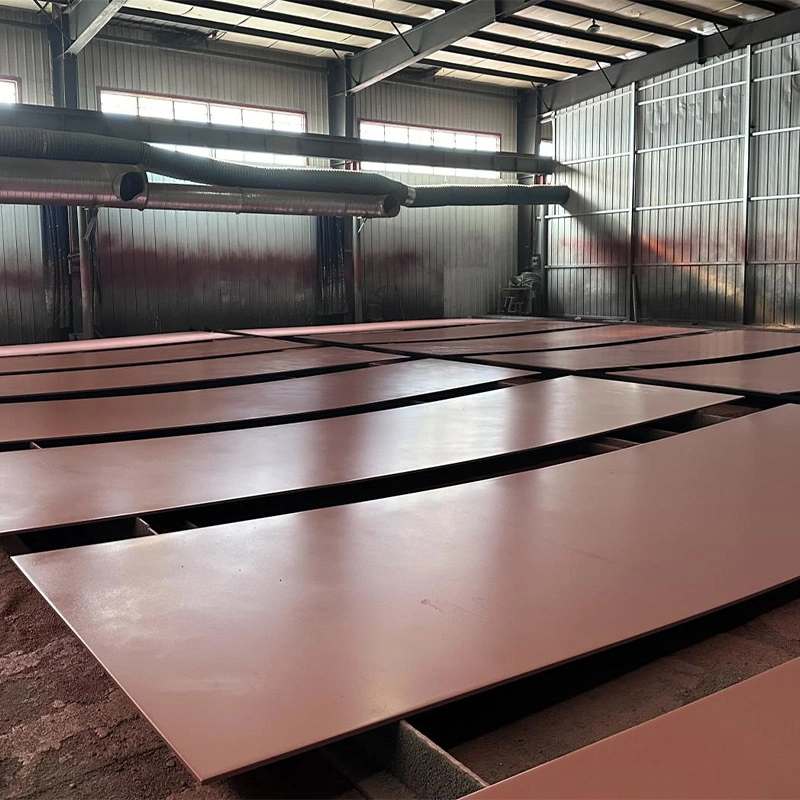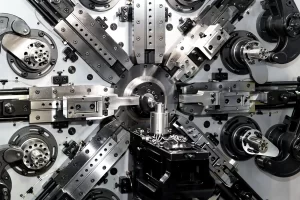
As the precision manufacturing industry strengthens to meet diverse demands across industrial sectors, mold steel has established its mark in this evolving typography. You need this specialized steel, with intricate design to withstand the complex processes of manufacturing and that is built for long term durability, efficiency and higher quality end-product. This article explores the critical mold steel-applicability, properties and advanced manufacturing methods which combined increases its potential in contemporary manufacturing.
The Significance of Mold Steel in Modern Manufacturing
Mold steel holds a pivotal position in contemporary manufacturing processes. It’s the backbone of the creation of metal casting molds, custom metal molds, and other critical tools that facilitate the production of intricate components across industries. With rising technological advancements, the demand for high-precision molds continues to grow, making mold steel an integral part of the manufacturing ecosystem.such as cold-work mold steel and hot-work mold steel produced by Promispecial.
The Crucial Role of Mold Steel Across Industries
Automotive and Aerospace Applications
Mold steel is a must-have in the automotive, aerospace industry to fabricate complex shapes and parts conformed with high-performance requirements. The specific industries that are associated with this molding process require molds which are costly suitable for delivering best thermal conductivity as well as resistant to high temperatures and wear, mold steel serves all these requirements. Car manufacturers use these precision fitment engineered parts to make sure that everything fits correctly and safely. Aerospace industry, meanwhile, used mold steel for manufacturing light and rugged parts necessary for flight safety and factor of success.
Electronics and Consumer Goods Manufacturing
Mold steel is equally significant in the electronics industry, where precision is crucial for the production of circuit boards and casings. The ability to produce intricate designs with high tolerances is critical for consumer electronics, ranging from smartphones to household appliances. Custom metal molds made from high-quality mold steel allow manufacturers to create various components that ensure functionality and aesthetic appeal, catering to the ever-evolving consumer preferences.
Understanding the Market Size and Potential of Mold Steel
The market for mold steel is witnessing notable growth due to surging demand across multiple sectors, accompanied by a trend toward automation and advanced manufacturing techniques. This expanding market provides opportunities for producers and suppliers as industries seek more efficient and sustainable solutions. The continuing investment in sectors such as automotive, consumer electronics, and machinery reinforces the potential mold steel offers as a staple material for modern manufacturing.
Characteristics of High Quality Mold Steel
High Microcleanliness Levels
One of the defining features of high-quality mold steel is its high microcleanliness levels. This characteristic minimizes defects and inclusions that can compromise the integrity of finished molds. Superior microcleanliness allows for better machining, polishing, and thermal treatment processes, thus enhancing both the performance and longevity of the molds produced. Ultimately, this leads to improved product quality in the final manufactured items.
Homogeneous Microstructure
A homogeneous microstructure is another critical characteristic that contributes to the efficacy of mold steel. This uniformity optimizes mechanical properties, such as toughness and hardness, enabling the material to endure the pressures and stresses encountered during manufacturing processes. A consistent microstructure ensures that the mold exhibits predictable behavior, minimizing risks of failure during production runs and contributing to consistent output quality.
Advanced Manufacturing Techniques for Mold Steel
As industries continue to evolve, so do the manufacturing techniques associated with mold steel. Employing advanced methods enhances accuracy, efficiency, and the overall quality of molds produced.
Expert Methods in Precision Machining of Hardened Mold Materials
Implementing Detail-Oriented Processes
Precision machining plays a significant role in working with hardened mold materials. By implementing detail-oriented processes, manufacturers can achieve the high tolerances required for producing intricate molds. Techniques such as CNC machining and electrical discharge machining allow for remarkable precision and surface finish. These methods enable the accurate replication of complex designs, vital for ensuring that the molds meet speculations and performance expectations.
Utilizing State-of-the-Art Technologies
State-of-the-art technologies, such as additive manufacturing and advanced cutting tools, have revolutionized the way mold steel is utilized. These technologies streamline the machining processes, significantly reducing lead times and manufacturing costs. Additionally, incorporating simulation software for mold design allows manufacturers to optimize the mold setup before production begins, minimizing potential issues and achieving better results in the manufacturing cycle.
Innovations in Die Cast Mold Making
Flexibility and Efficiency of Die Casting Processes
The use of high-quality mold steel is key to achieving this flexibility and efficiency in production, as it makes great improvement to the die casting process. Investigative capabilities and tools have now made it possible to develop at robot-like speed (depending on the machine) also with complex geometry without losing quality, all through advancements in die casting techniques. With use of strong mold steel, manufacturers are able to produce time-efficient parts that require less maintenance from initial production results in higher output levels and quality.
Prototyping and Small Quantity Production Benefits
The benefits of mold steel extend to prototyping and small quantity production as well. With its high durability and resistance, mold steel facilitates creating prototypes that undergo rigorous testing and iterations to refine designs. Custom metal molds can be quickly developed for small batches, allowing companies to adapt swiftly to market changes and consumer demands. This versatility positions mold steel as a critical material for manufacturers looking to innovate and evolve in a competitive environment.
Enhancing Mold Steel Components with Insert Molding Solutions
Advantages of Incorporating Metal Inserts
What makes insert molding becoming popular is the family with mold steel components that gain better performance. Making Use of Metal Inserts along with tool steel for substantial strength in the final products. Manufacturers can create complex geometries that require the extra strength provided by including these inserts to make molds strong enough to withstand the unforgiving accuracy of precision manufacturing processes. Additionally, the metal insert can be seamlessly integrated with mold steel that has far more flexible design possibilities which allow manufacturers to innovate and change the product design proficiently.
Improved Structural Integrity
The integration of metal inserts into mold steel components plays a crucial role in enhancing structural integrity. During manufacturing, the metal inserts reinforce the connections within the molds, effectively distributing loads and reducing stress concentrations that can lead to failure. This reinforcement is especially beneficial during high-volume production runs, where molds must endure repeated cycles of thermal expansion and contraction. As a result, components produced through insert molding exhibit enhanced dimensional stability and reliability, critical factors in industries such as automotive and aerospace where performance expectations are stringent.
Increased Strength and Durability for Demanding Applications
Mold steel components enhanced with metal inserts deliver superior strength and durability for demanding applications. The combination of mold steel’s inherent properties and the contributions of the metal inserts allows for the production of components capable of withstanding harsh conditions, including exposure to extreme temperatures and mechanical stresses. For example, when used in high-pressure die casting processes, these reinforced molds demonstrate improved longevity and reduced maintenance requirements. This increased durability translates to cost savings for manufacturers, as the need for mold replacements and repairs diminishes, allowing for smoother production operations and improved efficiency in the long run.
Future Trends in Mold Steel Utilization and Innovation
Emerging Technologies Impacting Mold Steel Fabrication
The mold steel manufacturing sector is the evolution of the age of technological advances leading to a complete shift in grounds. Automation also helps in the increase of production efficiency and hence less human intervention which leads to consistent output quality. Robotics in production also shows the influence of precision and speed in manufacturing, making them a fine application for factories to support market demands. In addition, smart manufacturing systems which feature real-time monitoring and data analytics help to ensure that mold steel production can continue to be optimised at all times, reducing waste as well as increasing resource efficiency.
Projected Growth and Evolution of the Mold Steel Market
Innovation in manufacturing processes will further bolster the growth of the mold steel market. With continuous advancements in precision engineering, companies will have more opportunities to enhance the performance capabilities of mold steel. The development of hybrid manufacturing processes that combine traditional methods with emerging technologies will facilitate more robust and efficient mold production. Promispecial, who embrace these innovations, continuously provide high-quality mold steel products, such as plastic mold steel, to satisfy the evolving requirements of their clients.
In summary, the future landscape of mold steel utilization and innovation is marked by technological advancements, market growth, and sustainability trends. As industries adapt to these changes, the potential of mold steel in precision manufacturing becomes increasingly apparent, paving the way for continued evolution and success in various manufacturing sectors.


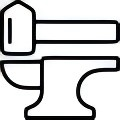
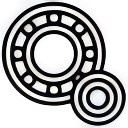


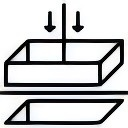








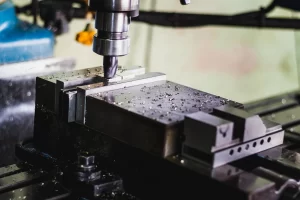
.webp)
